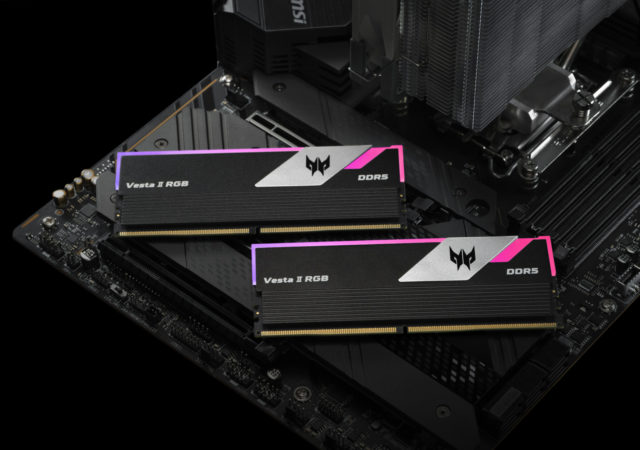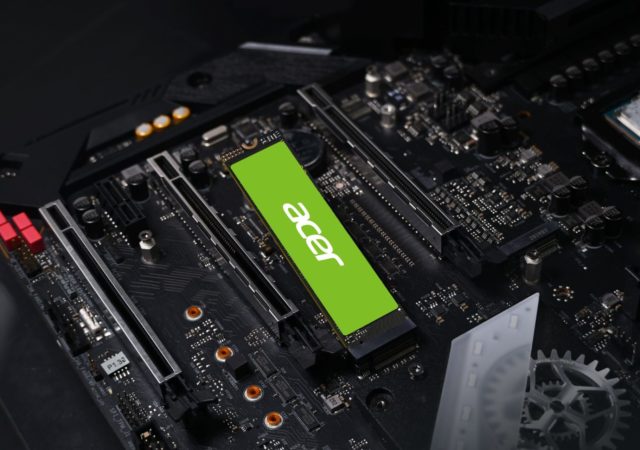Open Source: 2017’s Impetus
By
Damien Wong,
Vice President
and General Manager, ASEAN, Red Hat
Damien Wong,
Vice President
and General Manager, ASEAN, Red Hat
Contrary
to popular belief, open source is neither a company nor a product. It
is a way of innovating and collaborating to create ground breaking
ideas.
Today’s most innovative technologies, from the Internet of Things (IoT)
to machine learning, are all being driven by open source. All across
Asia Pacific, we’re seeing exceptionally strong growth in the open
source movement, as the open source ecosystem increasingly
plays a key role in offering customers broader choice.
to popular belief, open source is neither a company nor a product. It
is a way of innovating and collaborating to create ground breaking
ideas.
Today’s most innovative technologies, from the Internet of Things (IoT)
to machine learning, are all being driven by open source. All across
Asia Pacific, we’re seeing exceptionally strong growth in the open
source movement, as the open source ecosystem increasingly
plays a key role in offering customers broader choice.
Open
source has the potential to impact people from all strata of society,
and significantly enrich the way we live. Growing from just a coding
method
to a value philosophy, open source is currently being used to drive
innovation and solve big national questions in emerging economies across
the region. For example, open source has greatly benefited the
development of smart city initiatives, such as Singapore’s
Smart Nation vision. Without open source, these projects will become
beholden to proprietary technology which can potentially hold back
progress.
source has the potential to impact people from all strata of society,
and significantly enrich the way we live. Growing from just a coding
method
to a value philosophy, open source is currently being used to drive
innovation and solve big national questions in emerging economies across
the region. For example, open source has greatly benefited the
development of smart city initiatives, such as Singapore’s
Smart Nation vision. Without open source, these projects will become
beholden to proprietary technology which can potentially hold back
progress.
Aside
from that, we have also witnessed many organizations in Singapore being
receptive to the idea of embarking on a digital transformation journey
by using new ways of developing, delivering and integrating
applications as a response to digital disruptions we are seeing across
industries. With open source technology, Nanyang Technological
University (NTU), for example, has been able to seamlessly integrate
its private and public clouds. This new hybrid cloud architecture
allows NTU to enjoy more flexible computing, while offering substantial
performance improvements, as well as time and cost savings. Users can
now quickly access resources on demand, as opposed
to manual provisioning – what used to take at least a day to complete
can now be achieved in just 30 minutes.
from that, we have also witnessed many organizations in Singapore being
receptive to the idea of embarking on a digital transformation journey
by using new ways of developing, delivering and integrating
applications as a response to digital disruptions we are seeing across
industries. With open source technology, Nanyang Technological
University (NTU), for example, has been able to seamlessly integrate
its private and public clouds. This new hybrid cloud architecture
allows NTU to enjoy more flexible computing, while offering substantial
performance improvements, as well as time and cost savings. Users can
now quickly access resources on demand, as opposed
to manual provisioning – what used to take at least a day to complete
can now be achieved in just 30 minutes.
According
to IDC, by 2020 half of APAC 1000 enterprises will see majority of
their business depend on their ability to create digitally-enhanced
products,
services and experiences. Undoubtedly, 2017 is expected to be a
defining year for digital transformation[1].
to IDC, by 2020 half of APAC 1000 enterprises will see majority of
their business depend on their ability to create digitally-enhanced
products,
services and experiences. Undoubtedly, 2017 is expected to be a
defining year for digital transformation[1].
In
the coming year, many organizations will make moves to better compete
in the digital economy. Knowing there is a need to transform, there’s an
irrefutable
sign of acceptance all across the tech landscape, as organizations are
starting to incorporate open source technology into every main component
of their business. We believe many CIOs will develop a holistic digital
strategy in the upcoming year, and thus
associate open source with innovation, instead of just another
cost-cutting strategy in today’s challenging operating environment. This
would incorporate a broader and more forward-thinking strategy of
remodelling the entire business to become more agile and
innovative, rather than just updating IT infrastructure. To this end,
open source technologies thus present an ideal approach in terms of
flexibility, a reinvention of processes, faster innovation through
ecosystem collaboration, and scalability.
the coming year, many organizations will make moves to better compete
in the digital economy. Knowing there is a need to transform, there’s an
irrefutable
sign of acceptance all across the tech landscape, as organizations are
starting to incorporate open source technology into every main component
of their business. We believe many CIOs will develop a holistic digital
strategy in the upcoming year, and thus
associate open source with innovation, instead of just another
cost-cutting strategy in today’s challenging operating environment. This
would incorporate a broader and more forward-thinking strategy of
remodelling the entire business to become more agile and
innovative, rather than just updating IT infrastructure. To this end,
open source technologies thus present an ideal approach in terms of
flexibility, a reinvention of processes, faster innovation through
ecosystem collaboration, and scalability.
We’re
equally excited about the potential of various developing open
source-based technologies, like containers for app development. Beyond
some kinks
to be worked out in the dependencies department, all the features are
exactly the functionalities that most enterprises need to complement and
realize the full benefits of Web 2.0.
equally excited about the potential of various developing open
source-based technologies, like containers for app development. Beyond
some kinks
to be worked out in the dependencies department, all the features are
exactly the functionalities that most enterprises need to complement and
realize the full benefits of Web 2.0.
Open
source is fundamentally about being part of an ecosystem of IT leaders,
advocates, developers, and partners who work together to build the
future
of IT. We believe that businesses in Singapore will continue to see Red
Hat as an enabler – delivering the speed, flexibility, and innovation
that they need in order to thrive in the age of the customer.
source is fundamentally about being part of an ecosystem of IT leaders,
advocates, developers, and partners who work together to build the
future
of IT. We believe that businesses in Singapore will continue to see Red
Hat as an enabler – delivering the speed, flexibility, and innovation
that they need in order to thrive in the age of the customer.
For the LATEST tech updates,
FOLLOW us on our Twitter
LIKE us on our FaceBook
SUBSCRIBE to us on our YouTube Channel!






